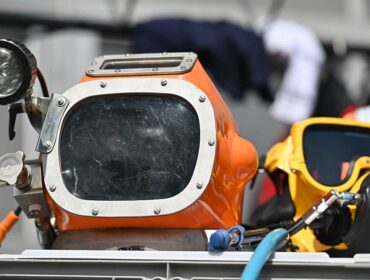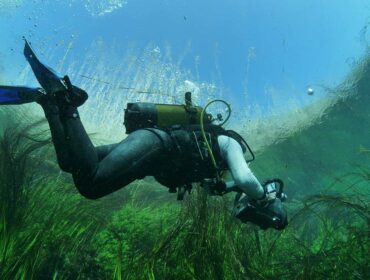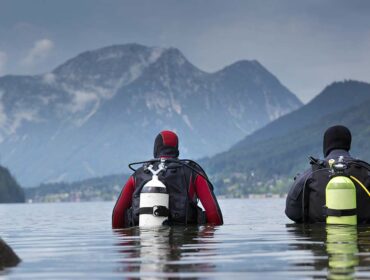No, it’s not a cheesy pickup line, but a valid question that many divers have. We’re referring to an extra long – by recreational standards – regulator hose.
Frequently seen in technical diving and for those who have taken training from agencies like Global Underwater Explorers or Unified Team Diving, the primary regulator hose is on a 5 to 7 feet, significantly longer than the traditional 2 to 3 foot hose.
Many people who casually observe a long-hose diver ponder the extra hose and the seemingly intricate routing system the diver uses to keep it all in place. For those that stick to recreational training from the major certification agencies, you may never learn why divers use a long hose and how it’s used correctly. Unless you read on, that is.
Why Use a Long Hose
The long hose is designed to aid in assisting a fellow diver in an out of air situation. Instead of offering your alternate second stage, a long-hose diver offers their primary second stage and personally switches to their alternate, typically attached below the chin. This is considered ideal for two main reasons:
- You know the regulator is working fine. You were just using it, so you know there aren’t any problems. As the non-out of air diver, you are better equipped to deal with problems, so if your alternate isn’t breathing as well, you should be able to handle it better than your stressed out of air buddy.
- A panicked buddy is likely to see the regulator in your mouth and go for it anyway. Avoid the hassle of being surprised when the regulator is ripped from your mouth by offering it to your buddy.
The hose is extra long so you and your buddy can conclude the dive safely, without running into each other and through any restrictions such as those found on a cave or wreck dive. Even after an out of air diver has obtained a breathing source, they still may be panicked and it’s not always safe for them to be just 2 or 3 feet away from you.
Routing the Long Hose
Routing a long hose takes practice and it’s recommended you find an instructor who teaches long hose dive methods before trying it on your own. Typically, the hose comes down from your tank to your right hip and is either secured under your waist strap or canister light battery. Then the hose crosses over your chest and goes behind your neck on the left side. Pull it around behind your neck to the right and in front of you and place it in your mouth. The 5 to 7 foot hose now fits as comfortably, and possibly more so, than the traditional 2 to 3 foot hose.
Having a long hose setup allows you to practice the Safety Drill or S-Drill which is the method you would use to donate to an out of air diver. Here’s a video demonstrating the long hose S-Drill:





